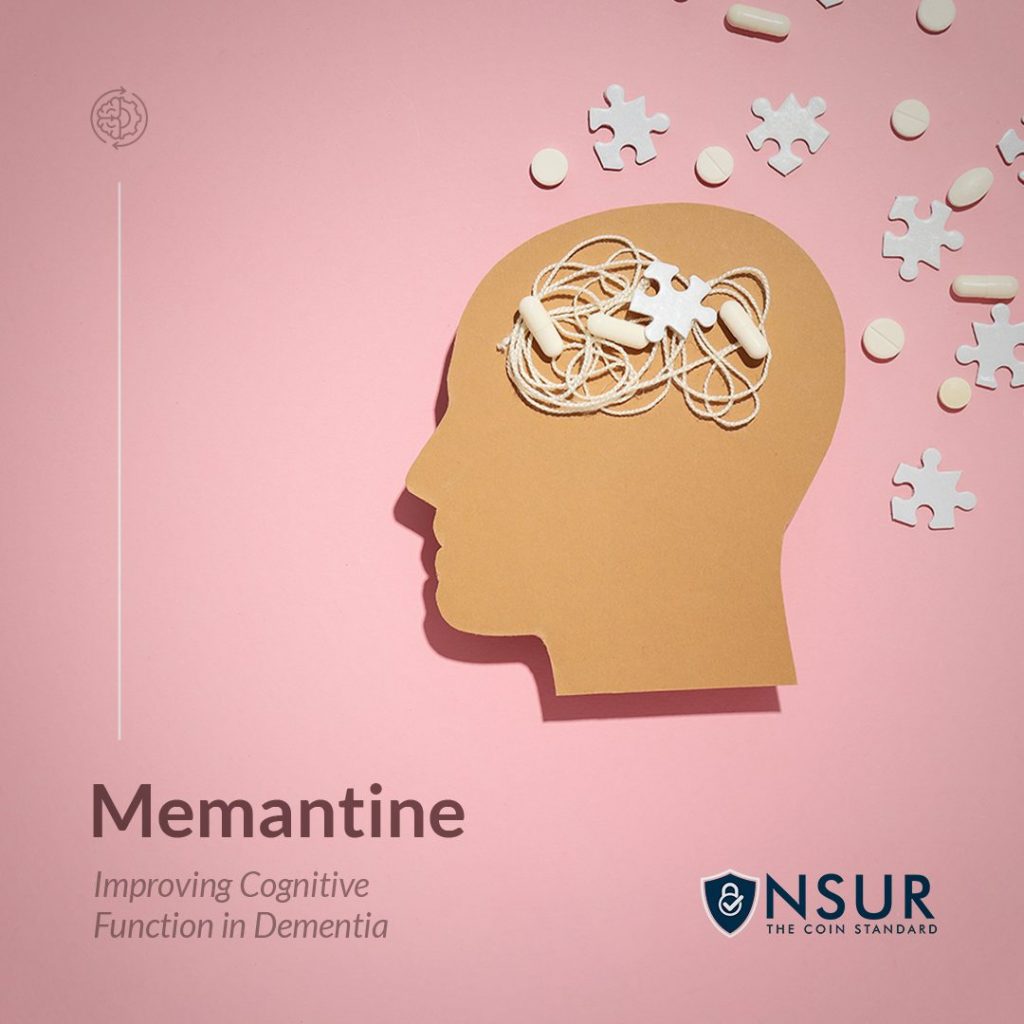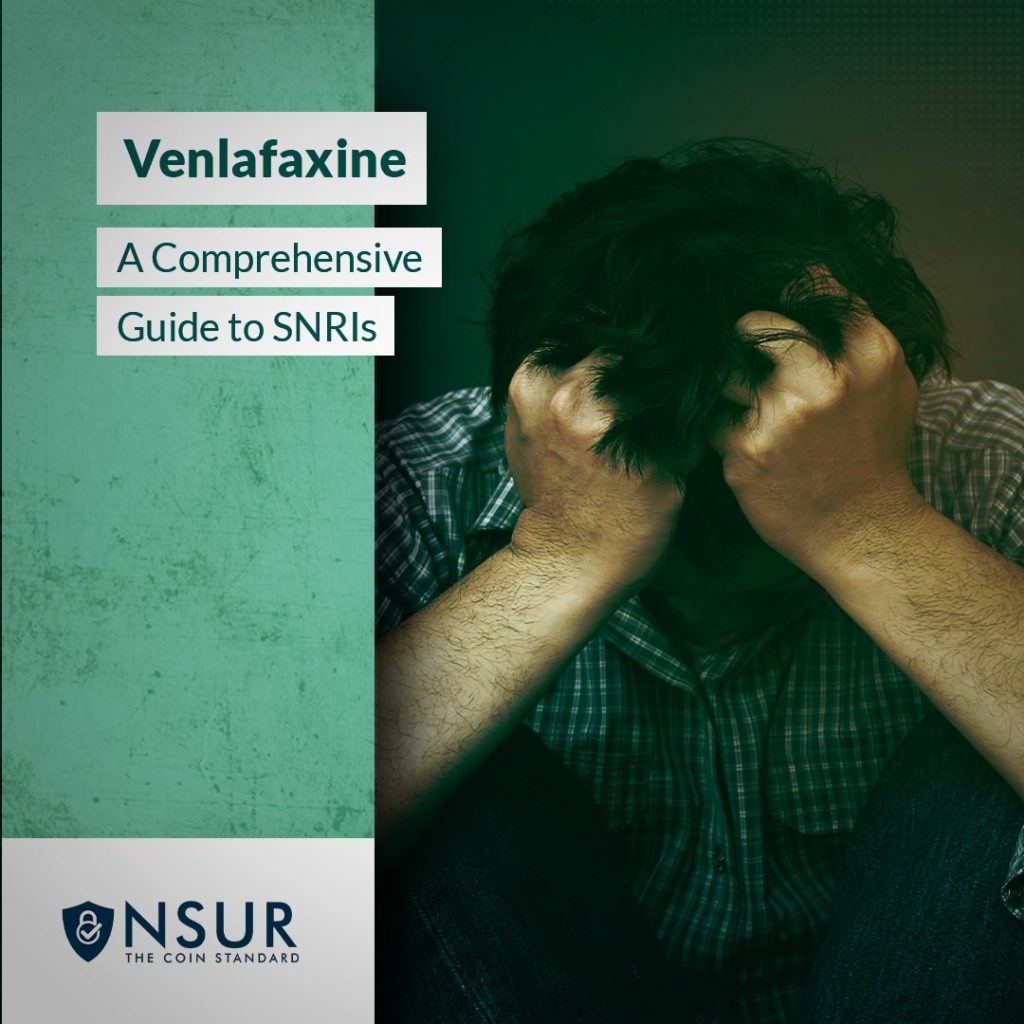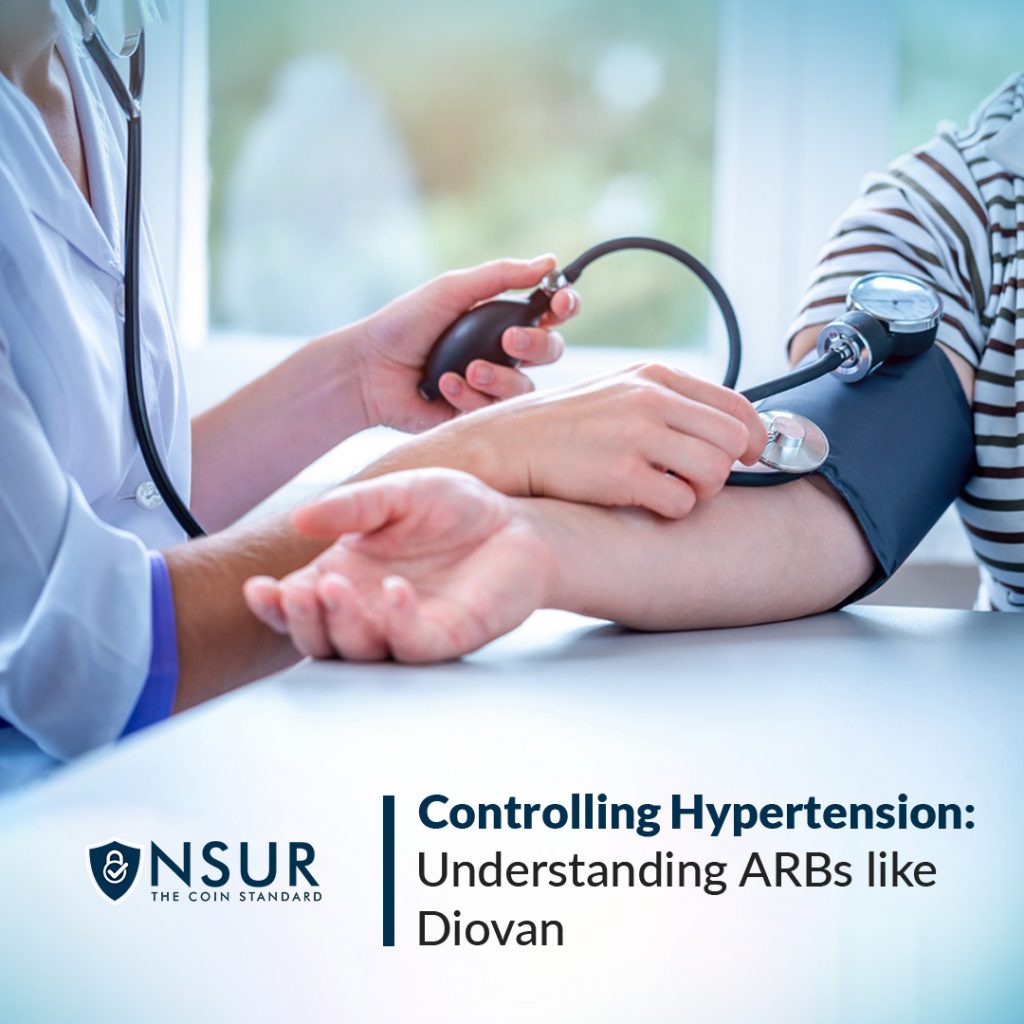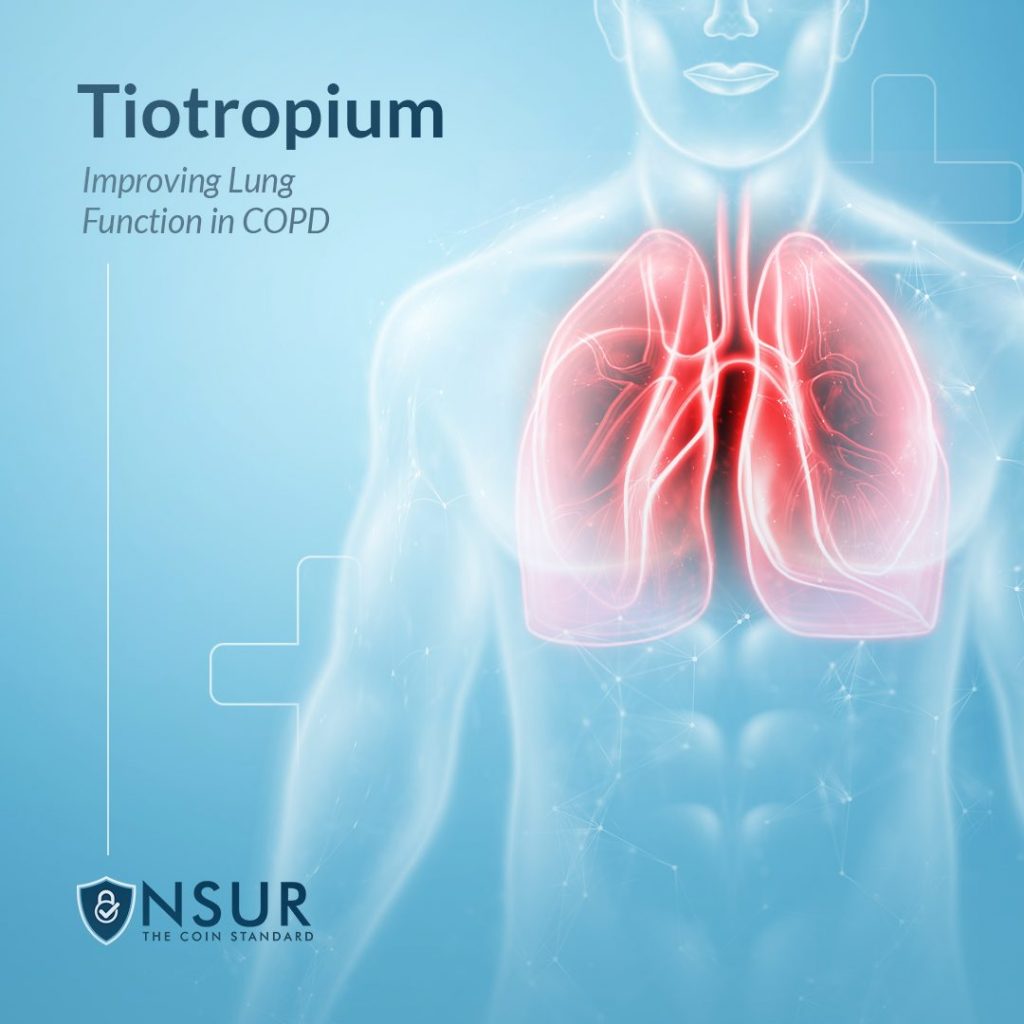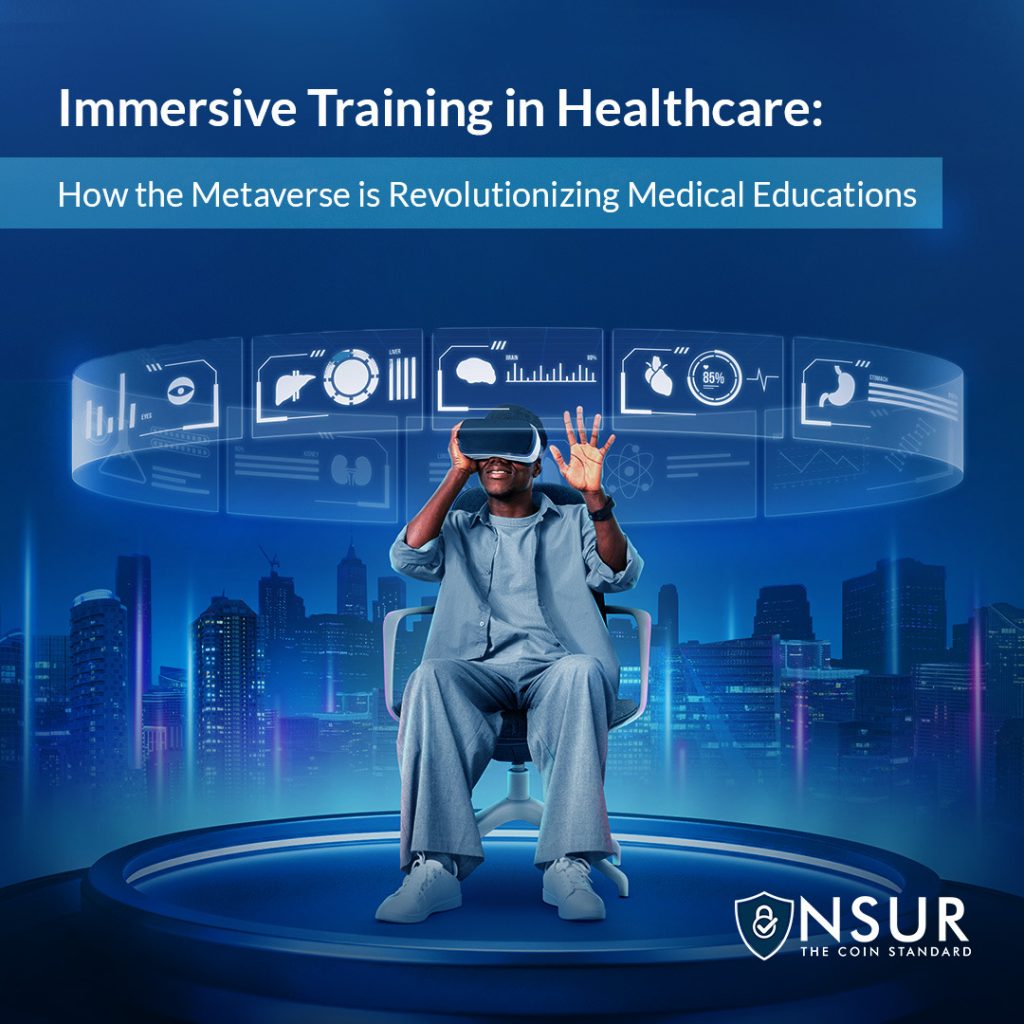
The Metaverse is an emerging concept that is gradually becoming a (virtual) reality. It is no surprise that it holds the potential to revolutionize the internet and the physical world, ushering in a new era known as “The Singularity.” Metaverse shines as the next wave of learning that is an embodied internet where users will interact as lifelike avatars in digital 3D spaces. The metaverse in education is expected to have a profound impact on capacity building and learning.
Medical education, as we all know, is a multi-billion-dollar industry. Metaverse can bring a new dimension to medical education that could be invaluable. Immersive medicine education has far-reaching implications for doctor, nurse, and other paramedical education, as well as high-quality healthcare delivery, ultimately enhancing patient outcomes. It should adhere to the best principles of learning such as collaboration, communication, content, critical thinking, creative innovation, and confidence. Skilled virtual reality developers are working on high-quality medical training systems that can be used in medical schools worldwide. The virtual teaching model will also include social interaction as an integral part of the learning process.
As technology advances, the metaverse is transforming medical education by making training as realistic as possible while simulating various scenarios. As a result, the healthcare industry is expected to undergo major changes in the coming years.
In this article, we will look at how the metaverse, via augmented, mixed, and virtual reality, can bridge the gap between the physical and virtual worlds, and how its potential applications are endless.
Key Components Of Immersive Training In The Metaverse
Immersive training in the metaverse consists of several key components that come together to make it an effective and engaging method of learning. Let’s take a closer look at some of these components:
Virtual experiences for developing empathy and sensitivity
Virtual experiences in the Metaverse provide learners with the opportunity to develop empathy and sensitivity towards cultures, backgrounds, and perspectives that are different from their own. For example, users can interact within the metaverse, meet each other virtually, and take part in virtual activities that provide real-world experiences, creating a unified virtual world from the convergence of virtual and physical space. Despite its rapid development, the Metaverse can provide new directions for healthcare by combining technologies such as Artificial Intelligence, Virtual Reality, Augmented Reality, Internet of Medical Devices, Web 3.0, intelligent cloud computing, edge computing, quantum computing, and robotics.
Simulated operating rooms for medical students
One of the crucial parts of medical education is training and practice of surgical procedures. The virtual world of the metaverse offers numerous opportunities for medical students to enhance their training. Simulated operating rooms in the metaverse can offer medical students a safe and controlled environment in which they can practice surgical procedures without putting patients at risk. With the help of anatomical models and interactive role-playing scenarios, students can get an in-depth understanding of medical practices without the risks that come with conventional methods. As a result, students gain more experience and confidence by experiencing real-life scenarios in these simulated environments before entering the real operating room.
Digital twins of organs for practicing surgeries without risk
The use of digital twins of organs is an essential component of immersive training in the metaverse. Using real-world data, a digital twin simulates any object, person, process, or system to learn more about its real-world counterpart. In the medical field, they are replicas of real organs that can be manipulated and examined in a virtual space. With digital twins, medical students can practice surgeries, learn about the anatomy of various organs, and diagnose and treat diseases. Since this is not risky, it is safer and more effective than using real patients.
Benefits Of Immersive Training In The Metaverse
Immersive training in the metaverse offers a range of benefits for healthcare professionals who want to boost their education. It can provide a truly immersive learning experience with its realistic environment and engaging challenges. Below are some key benefits of immersive training in the metaverse
Enhanced learning and retention
A metaverse immersive training experience not only enhances interaction and engaging learning but also allows medical professionals to retain complex concepts better. This type of training can simulate real-life scenarios and provide hands-on experience, rendering better practical skills. Metaverse gives a safe and secure environment for healthcare professionals to learn and practice new, different procedures across a variety of medical specialties. Furthermore, professionals can access educational opportunities that do not take place in the classroom, ensuring they stay up-to-date on the latest practices and stay competitive.
Improved Patient Safety
Metaverse immersive training has emerged as a new method of delivering medical education and simulations in recent years. It provides a platform for healthcare students and professionals to practice various procedures in a risk-free environment, resulting in improved patient safety. By using realistic simulations, students can practice and perfect their skills without fear of harming patients. By lowering the chances of error or injury, future success is accelerated, resulting in better patient outcomes.
Reduced training costs
Metaverse provides a dynamic learning environment for higher education that enables social networking and collaboration in real-time. It is an internet-enabled digital world that can be accessed anywhere and anytime. It reduces training costs by relieving institutions from the financial burden of establishing physical facilities, costly labs, equipment, and auditoriums. Medical students can access training materials online, reducing the need for expensive textbooks and other learning resources. Furthermore, the virtual environment provides medical students with a convenient way to access information from anywhere, reducing logistical and travel costs. Besides that, since immersive training is scalable, it can reach a larger audience at a lower cost, making it an affordable training solution for healthcare organizations.
Scalable training solutions for healthcare professionals.
The metaverse offers scalable training solutions for healthcare professionals, regardless of their location. Healthcare professionals can access immersive training materials from anywhere in the world, allowing them to upscale their skills and stay current on medical practices. Interestingly, as immersive training is scalable, it can be tailored to the needs of a variety of healthcare professionals, from medical students to experienced practitioners.
Real-World Examples Of Immersive Training In Healthcare
Digital technology has made it possible for medical professionals to undergo immersive training in a safe and controlled environment through AR and VR. Immersive training in healthcare has gained traction in recent years, as evidenced by several successful case studies of metaverse-based medical education. Let us look at some of the real-world examples of immersive training in healthcare.
One such case study is the University of New England’s educational project, in which they successfully used VR to teach empathy to medical students. The project made use of a virtual reality tool known as the “Alfred Lab app” to teach students about macular degeneration and hearing loss from the perspective of a 74-year-old man. Recognizing an elderly or ailing patient’s thoughts and concerns allows residents to develop empathy for such patients.
The use of augmented reality (AR) in medical education is another successful case study. By using this technology, interactive and engaging learning experiences can be created for medical students. Case Western Reserve University’s School of Medicine, for example, has developed an augmented reality application that allows medical students to visualize complex anatomical structures. The technology has greatly helped students’ understanding of human anatomy and resulted in improved academic performance.
The impact of immersive training on healthcare professionals and institutions
Immersive training in healthcare has proven to be an efficient and effective educational tool. Healthcare professionals have benefited from a cutting-edge technological platform that allows them to practice and fine-tune their skills in a safe and controlled environment. This has had an impact on lowering the risk of errors and danger in real-world situations. As a result, it has improved patient outcomes and overall healthcare quality.
Takeaway
To summarize, the metaverse is a rapidly evolving concept that will bring new dimensions to transform medical education through the use of augmented, mixed, and virtual reality. Integrated learning offers medical students and healthcare professionals hands-on experience and a novel way to learn, improve, and develop their skills without endangering patients. The technology comes with several benefits which include improved learning and retention, improved patient safety, and scalable training solutions with affordable training for healthcare professionals. Metaverse technology can contribute to medical education in a significant way, ultimately improving patient outcomes.
Finally, the future of immersive healthcare training is bright, and institutions that embrace the metaverse as a critical tool for medical education will be at the forefront of providing high-quality healthcare education. The advantages of immersive training in healthcare are limitless as technology advances, making it one of the most exciting areas to watch in the future.
